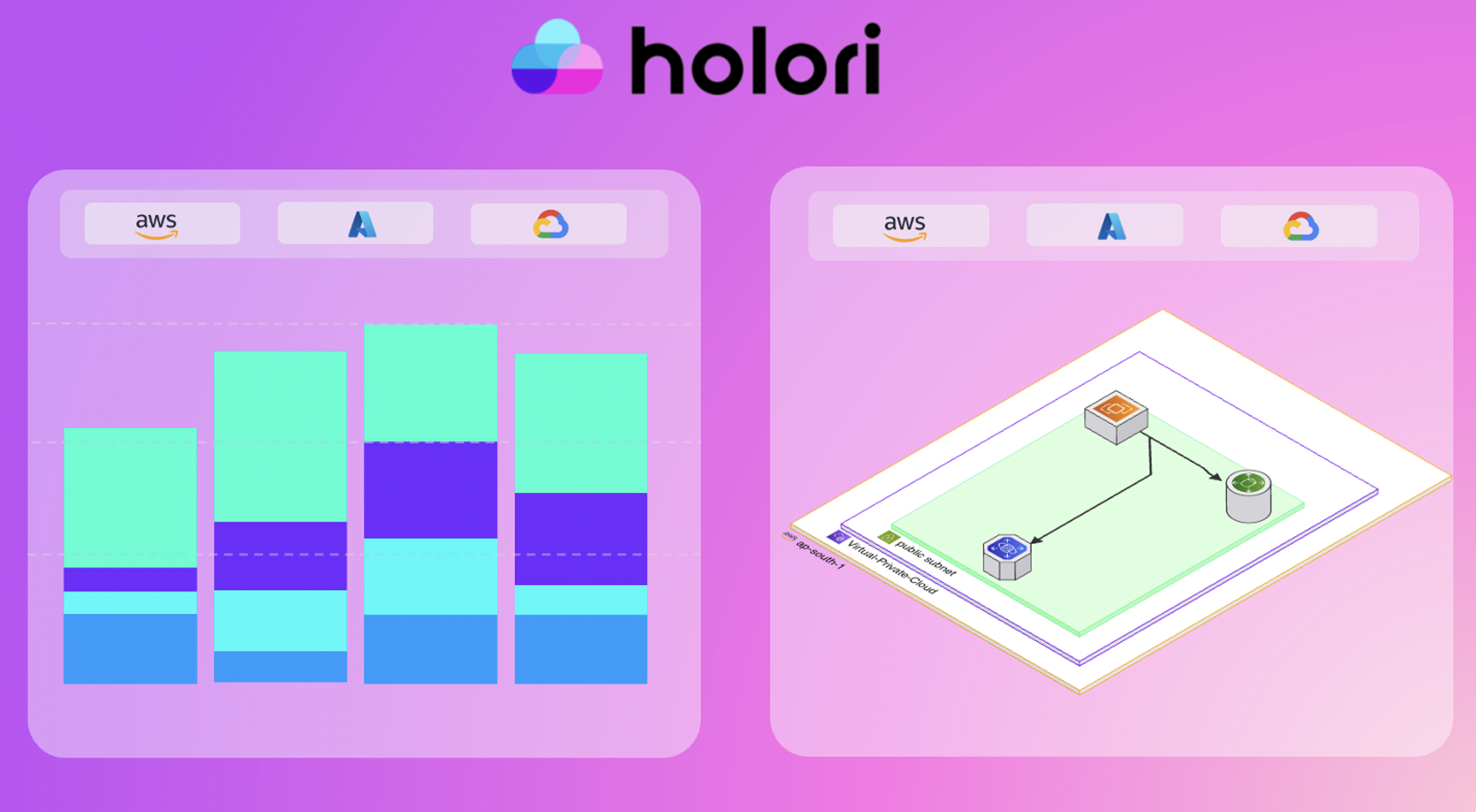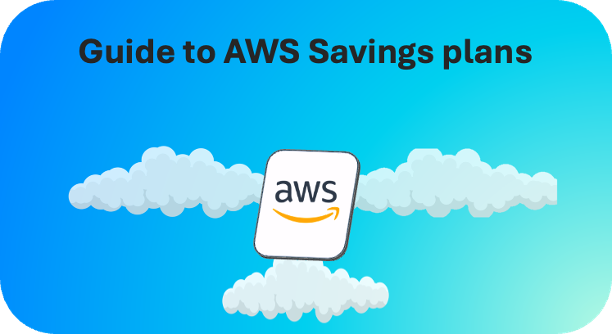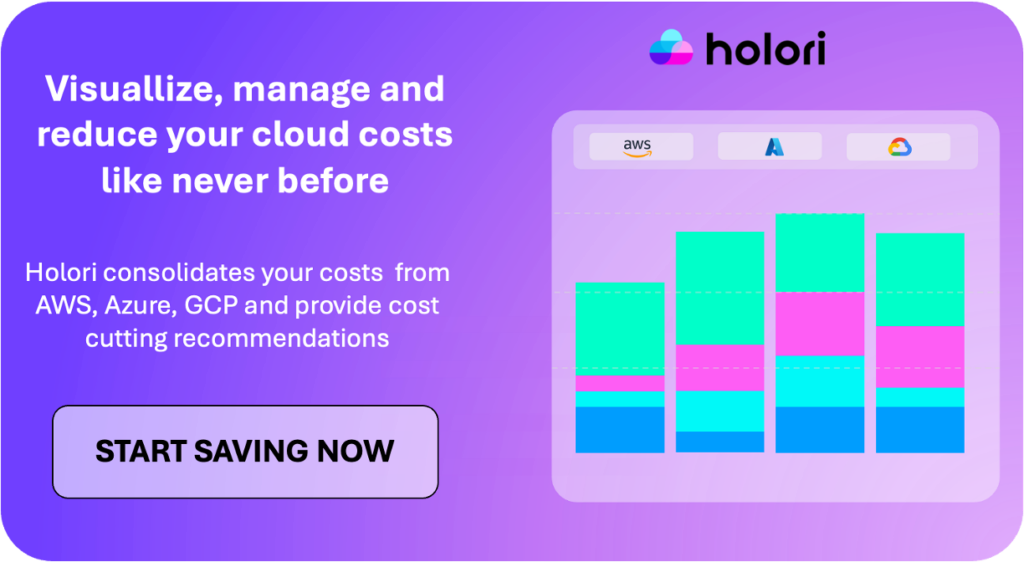AWS offers several pricing models to help businesses optimize their cloud spend. One of the most powerful and flexible tools is AWS Savings Plans. Introduced in 2019, Savings Plans provide substantial discounts on AWS compute services in exchange for a commitment to a specified level of usage. By understanding how AWS Savings Plans work and leveraging them effectively, businesses can significantly reduce their cloud bills while maintaining the flexibility they need for dynamic workloads. In this guide, we will explore the intricacies of AWS Savings Plans, how they compare to other cost-saving options like Reserved Instances, and best practices for maximizing savings.
What Are AWS Savings Plans?
AWS Savings Plans are a pricing model designed to help organizations save on EC2, Lambda, and Fargate usage by committing to a certain amount of compute consumption per hour over a term of one or three years. In exchange for this commitment, AWS offers discounts of up to 72% compared to on-demand pricing.
It’s important to note that AWS Savings Plans are not a reservation of capacity, as some may believe. Instead, they function as a financial instrument, offering a committed use discount based on a predefined amount of compute usage. Unlike Reserved Instances, which are tied to specific instance types, Savings Plans provide greater flexibility by covering compute across services and regions, making them easier to manage and apply broadly.
Key Factors that Influence AWS Savings Plans

Several factors determine the level of savings you can achieve with AWS Savings Plans. Understanding these will help you select the right configuration for your needs.
1. Term Length: One Year vs. Three Years
AWS offers two commitment durations for Savings Plans: one year or three years. As with most long-term contracts, the longer the commitment, the bigger the discount.
For example, a one-year commitment might yield savings of 20-30%, while a three-year commitment most often offer twice the savings’ amount. In certain case you can even save up to 72%. Let’s take the example below of a m5.16xlarge in US-East-1.
| Term Length | On-Demand price/hour | Compute Savings Plans price/hour (no upfront) | Savings over On-Demand |
|---|---|---|---|
| 1 year | $3.072 | $2.257 | 27% |
| 3 years | $3.072 | $1.558 | 49% |
Our take: For many businesses, the ability to confidently predict workloads over a three-year period is difficult, making a one-year term a more popular choice. However, for organizations with stable, predictable workloads, opting for a three-year term can maximize savings.
2. Prepayment Options: No Upfront, Partial Upfront, or All Upfront
Savings Plans also come with three payment options:
- No Upfront: You pay monthly without any upfront costs, offering flexibility but with smaller savings.
- Partial Upfront: You pay part of the commitment cost upfront, receiving a slightly higher discount.
- All Upfront: The full commitment amount is paid at the start, offering the largest discount but requiring higher initial expenditure.
The discount rates vary based on these payment choices. Let’s take the example of our m5.16xlarge in US-East-1. For instance, with a one-year Savings Plan, No Upfront provide a 27% discount, while All Upfront offer up to 32% savings. Similarly, for a three-year term, All Upfront payments could yield a 54% discount compared to on-demand prices.
| Term Length | On-Demand price/hour | Compute Savings Plans price/hour (No upfront) | Compute Savings Plans price/hour (Full upfront) | Savings over On-Demand (No upfront) | Savings over On-Demand (full upfront) |
|---|---|---|---|---|---|
| 1 year | $3.072 | $2.257 | $1.88 | 27% | 32% |
| 3 years | $3.072 | $1.558 | $1.414 | 49% | 54% |
Our recommendation: We recommend to select a No Upfront option in most cases. For larger companies with remaining budget or EDP commitment, the full upfront can be a better option.
3. Compute Options: Flexibility Across AWS Services
| Compute Savings Plan | EC2 Savings plan | SageMaker Savings Plan | |
| Commitment | 1 or 3 years | 1 or 3 years | 1 or 3 years |
| Services | EC2, Lambda, Fargate | EC2 only | SageMaker instances |
| Region | Any | Single region | Any |
| Instance | Any | Single Family | Any |
| Savings | Up to 66% | Up to 72% | Up to 64% |
AWS Savings Plans apply to several compute services:
- Compute Savings Plans: These are the most flexible, covering EC2, Lambda, and Fargate across all regions and instance types. You don’t need to lock into specific instance families or regions, offering maximum adaptability if your workloads fluctuate.
- EC2 Instance Savings Plans: These provide higher discounts—up to 72%—but are tied to specific EC2 instance families and regions (e.g., only the
c4family in US East). This plan is ideal for organizations with highly stable workloads that are unlikely to change over time. - Amazon SageMaker Savings Plans: For users leveraging AWS’s machine learning platform, this option applies to SageMaker workloads, with the flexibility to change instance sizes, regions, or families.
Our recommendation: While Compute Savings Plans offer flexibility, EC2 Instance Savings Plans can deliver steeper discounts if you are certain of your long-term infrastructure needs. Many organizations choose to mix both types to achieve a balance between flexibility and cost savings.
How AWS Savings Plans Are Applied
One of the standout features of AWS Savings Plans is the automatic application of discounts. After purchasing a plan, AWS applies the Savings Plan to your account, ensuring the largest possible discount for your active workloads.
For example, if you’re running two instances—c5.xlarge and m5.xlarge—AWS will apply the higher discount first (e.g., 30% on c5 versus 25% on m5). This automatic prioritization ensures that you consistently achieve the most significant savings, even as your workload changes.
Savings Plan Coverage and Utilization
AWS provides reporting tools to monitor how well your Savings Plans are working:
- Coverage Report: This shows how much of your compute usage is covered by Savings Plans, with a good target being 80-85% coverage.
- Utilization Report: This highlights how much of your purchased Savings Plans are being used. Ideally, you want to aim for 100% utilization to avoid over-committing.
Tips for Maximizing AWS Savings Plans
To fully benefit from AWS Savings Plans, consider the following strategies:
- Evaluate Regularly: Review your compute usage on a monthly basis to ensure that your coverage and utilization levels are optimized. Don’t lock yourself into a static plan—cloud usage often fluctuates.
- Leverage Both Compute and EC2 Instance Plans: For organizations with a mix of flexible and stable workloads, combining Compute and EC2 Instance Savings Plans can help strike a balance between flexibility and deeper discounts.
- Model Future Commitments: Use third-party platforms like Holori to model various commitment scenarios. This helps model scenarios to adapt your coverage rate at a level that satisfies you. Ideally it’s 80-85% but depending on your need you should adapt it.
- Monitor Growth: As your organization scales, additional purchases may be necessary to maintain high coverage. Growth can dictate more frequent analysis of your Savings Plans.
- Avoid Overcommitting: While higher discounts are tempting, avoid committing too much upfront unless you’re confident in your workload stability. Flexibility is valuable, and locking into rigid plans could lead to inefficiencies.
- Outsource it: Managing AWS Savings Plans can be tricky. There are consulting firms that are specialized in this or you can use cloud cost management tools such as Holori that provides recommendations or automatically purchase your Savings plans.
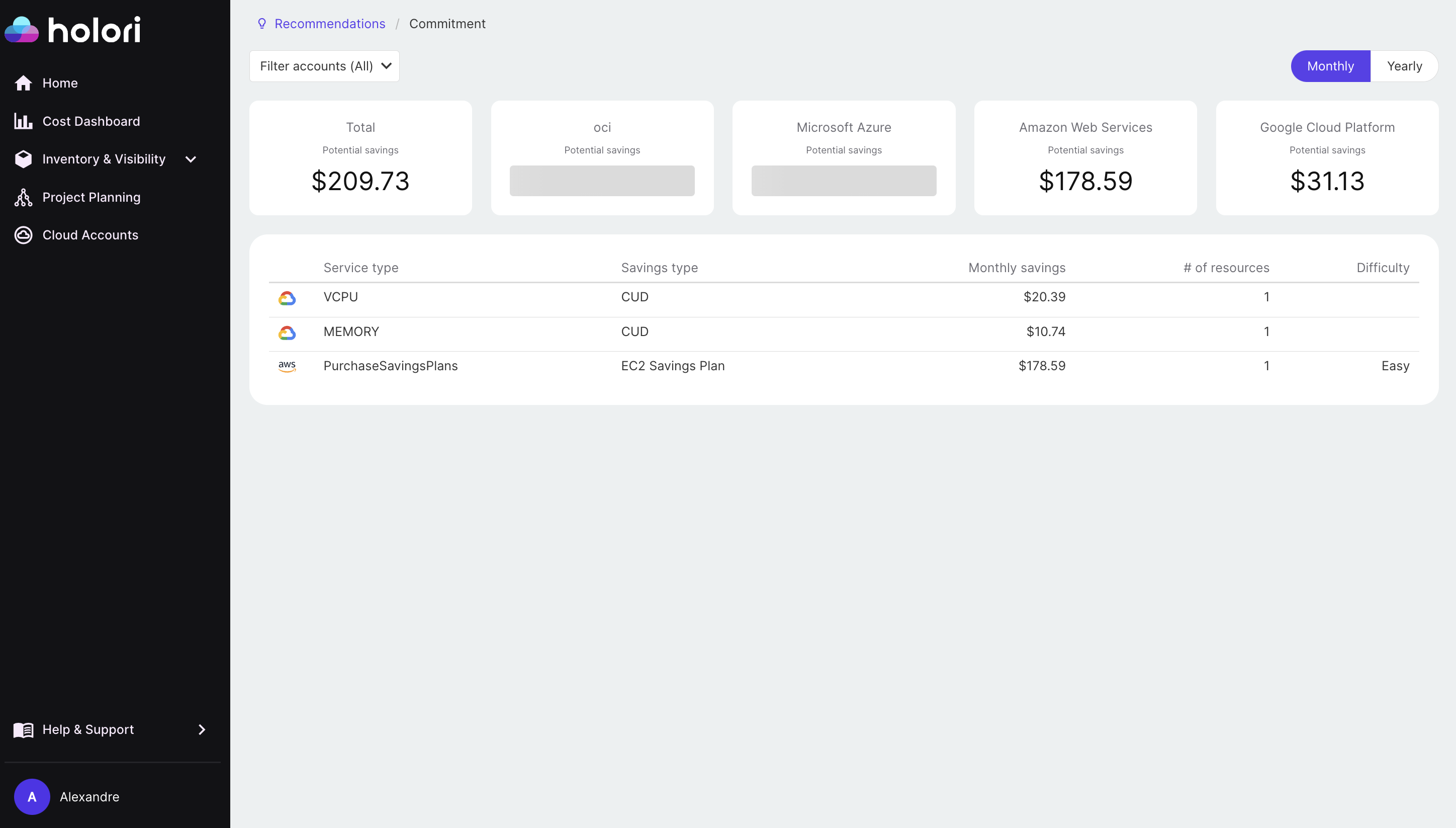
The Shift from Reserved Instances to Savings Plans
For a long time, Reserved Instances (RIs) were the go-to option for AWS users looking to save on their compute costs. RIs provided discounts in exchange for committing to specific EC2 instances for a one- or three-year period. However, RIs had significant limitations, especially when it came to flexibility. They required organizations to commit to specific instance types, regions, and even operating systems, making it difficult to adjust to changing workloads without losing the associated discount.
The Impact of the RI Ban on the AWS Marketplace
The shift from Reserved Instances (RIs) to Savings Plans has accelerated due to AWS banning the resale of RIs purchased through discount programs, effective January 2024. Organizations that overcommitted to RIs, especially those under EDP agreements, previously sold unused reservations on the marketplace, providing liquidity and enabling others to buy discounted capacity. This resale option created a more dynamic marketplace, allowing companies to recover costs and adjust their cloud commitments. In contrast, Savings Plans offer greater flexibility, enabling businesses to scale usage based on real needs while maintaining cost savings.
Looking ahead, we expect Reserved Instances to gradually disappear, with Savings Plans becoming the default option. For now, consider a mixed approach, using both RIs and Savings Plans for optimal cost management.
Comparing Reserved Instance vs Savings Plans
Savings Plans and Reserved Instances differ in terms of flexibility, scope, and commitment. Savings Plans offer a more flexible, dollar-based commitment, while Reserved Instances require a commitment to specific instance types. The table below highlights the key differences between these two cost-saving models to help you choose the right option for your needs.
| Criteria | Compute Savings Plans | Standard Reserved Instances (RIs) |
|---|---|---|
| Cost Savings | Up to 66% | Up to 72% |
| Time Commitment | 1 or 3 year term | 1 or 3 year term |
| Compatible with | EC2, Lambda, Fargate, SageMaker | EC2, RDS, ElastiCache, Redshift |
| Commitment | Minimum dollar per hour spend | Number of instances used |
| Liquidity | Cannot be sold on AWS Marketplace | Can be sold on the AWS Marketplace if no longer needed |
| Flexibility | Flexibility across regions and instances | Limited to one instance type in one region, but you can adjust Availability Zone, scope, networking type, and instance size within the same instance type. |
How Holori can help with your AWS Savings Plans?
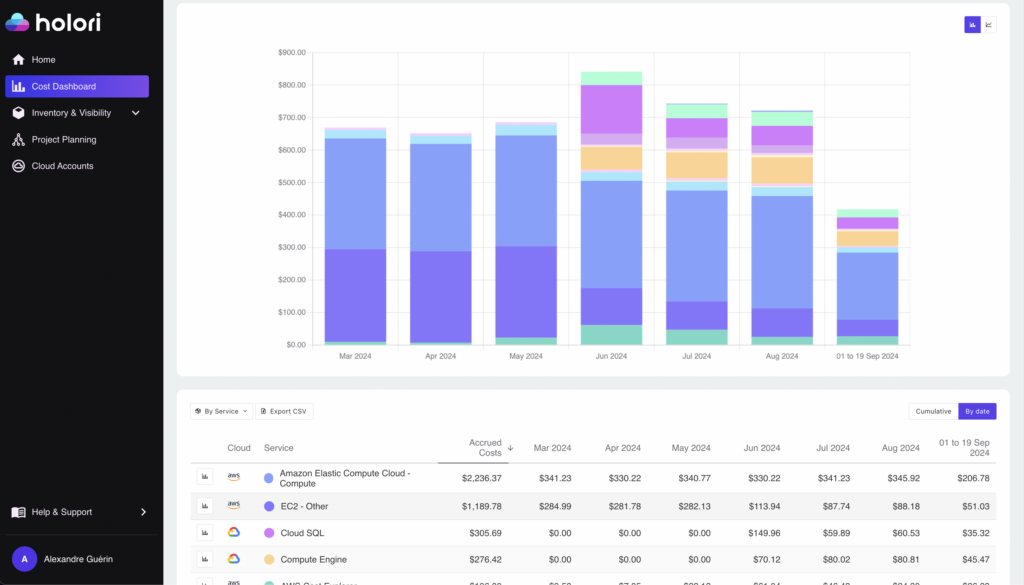
Managing AWS Savings Plans can become complex, especially for companies with dynamic, multi-service environments. This is where Holori’s FinOps platform can provide significant value. Here are some of the key ways Holori can assist in optimizing your AWS Savings Plans:
- Savings Plan Recommendations: Holori’s platform continuously analyzes your AWS usage patterns, workloads, and growth trends. It identifies underutilized resources and offers personalized recommendations for the optimal Savings Plan. Whether it’s suggesting Compute Savings Plans for flexibility or EC2 Instance Savings Plans for higher discounts, Holori ensures you select the right plan that maximizes cost savings without overcommitting.
- Automatic Savings Plan Purchasing: For companies that prefer a hands-off approach, Holori can automate the purchase of AWS Savings Plans based on your current usage and future projections. This feature ensures you’re consistently optimizing your cloud costs without the manual effort typically required in managing these commitments.
- Customized Alerts and Reporting: Holori’s platform generates custom alerts when there are changes in your usage patterns that could impact your Savings Plan strategy. For example, if your workloads start scaling up or down, Holori will notify you, ensuring you have the right plan in place.
- One platform to manage all your commitments: Holori provides one platform to manage all your commitments across AWS, Azure and GCP. No need to navigate between multiple tools.
Conclusion
AWS Savings Plans offer a flexible, powerful way to reduce cloud compute costs without sacrificing the agility modern organizations require. By understanding the different types of Savings Plans, businesses can tailor their cloud cost strategies to meet their specific needs. Holori’s FinOps platform can further simplify the management of these plans by offering detailed usage analysis, automated purchasing, and reporting features across AWS, Azure, and GCP, helping you make the most of every dollar spent on cloud infrastructure. Whether you’re just beginning to explore cost-saving opportunities or fine-tuning an existing strategy, leveraging AWS Savings Plans, combined with smart tools like Holori, can ensure long-term cost-efficiency and financial control in your cloud environment.
Try Holori now for free (14 days free trial): https://app.holori.com/
